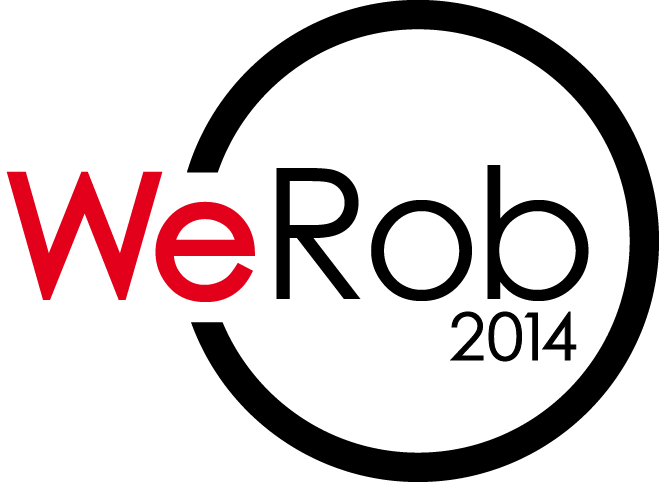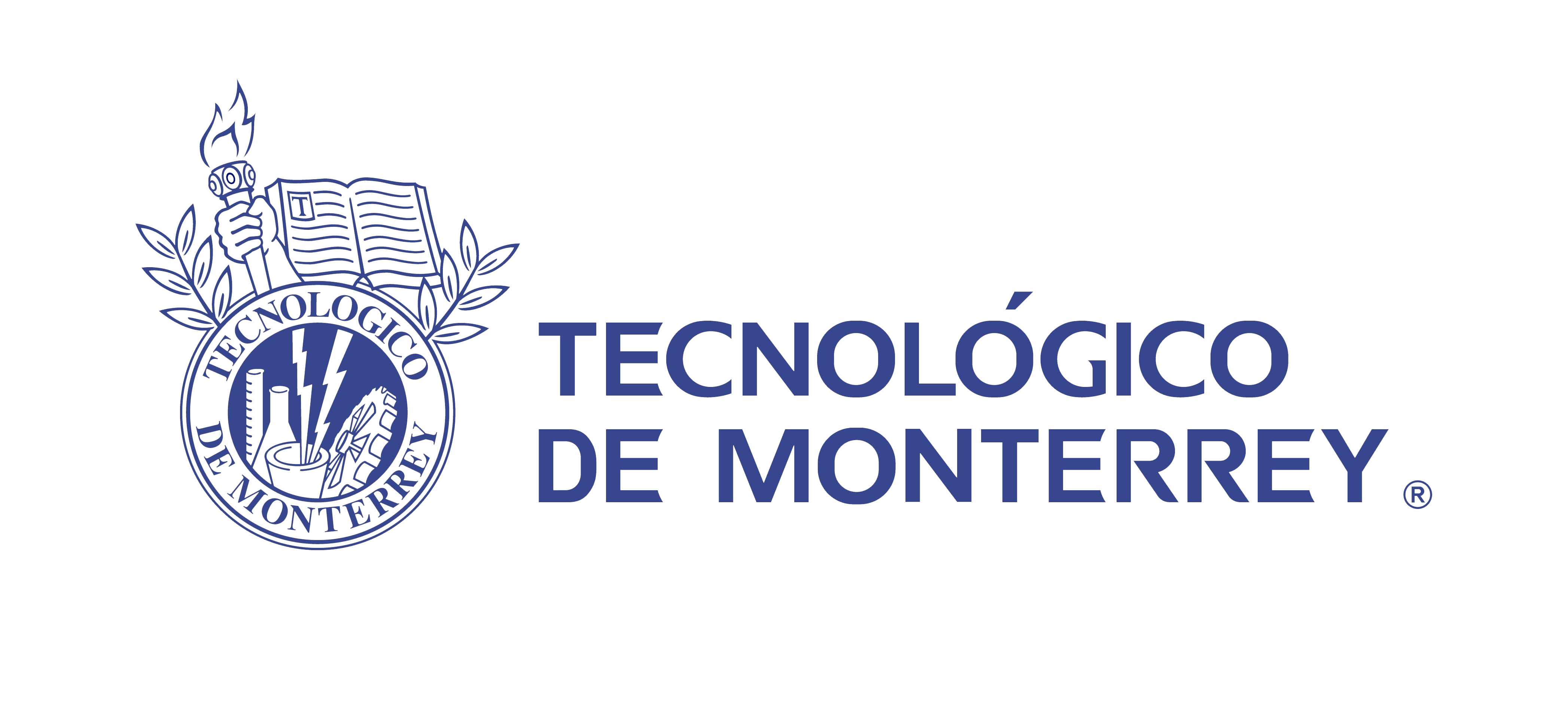Projects
User-in-the-loop Demonstrations of Wearable Prosthetics
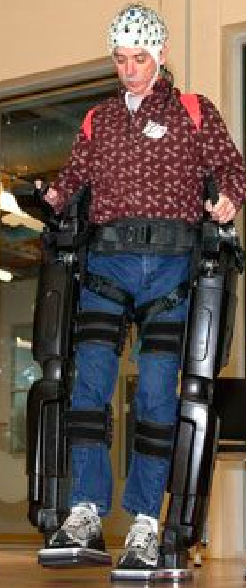 |
NeuroRex University of Houston Prof. Jose L. Contreras-Vidal (see video) |
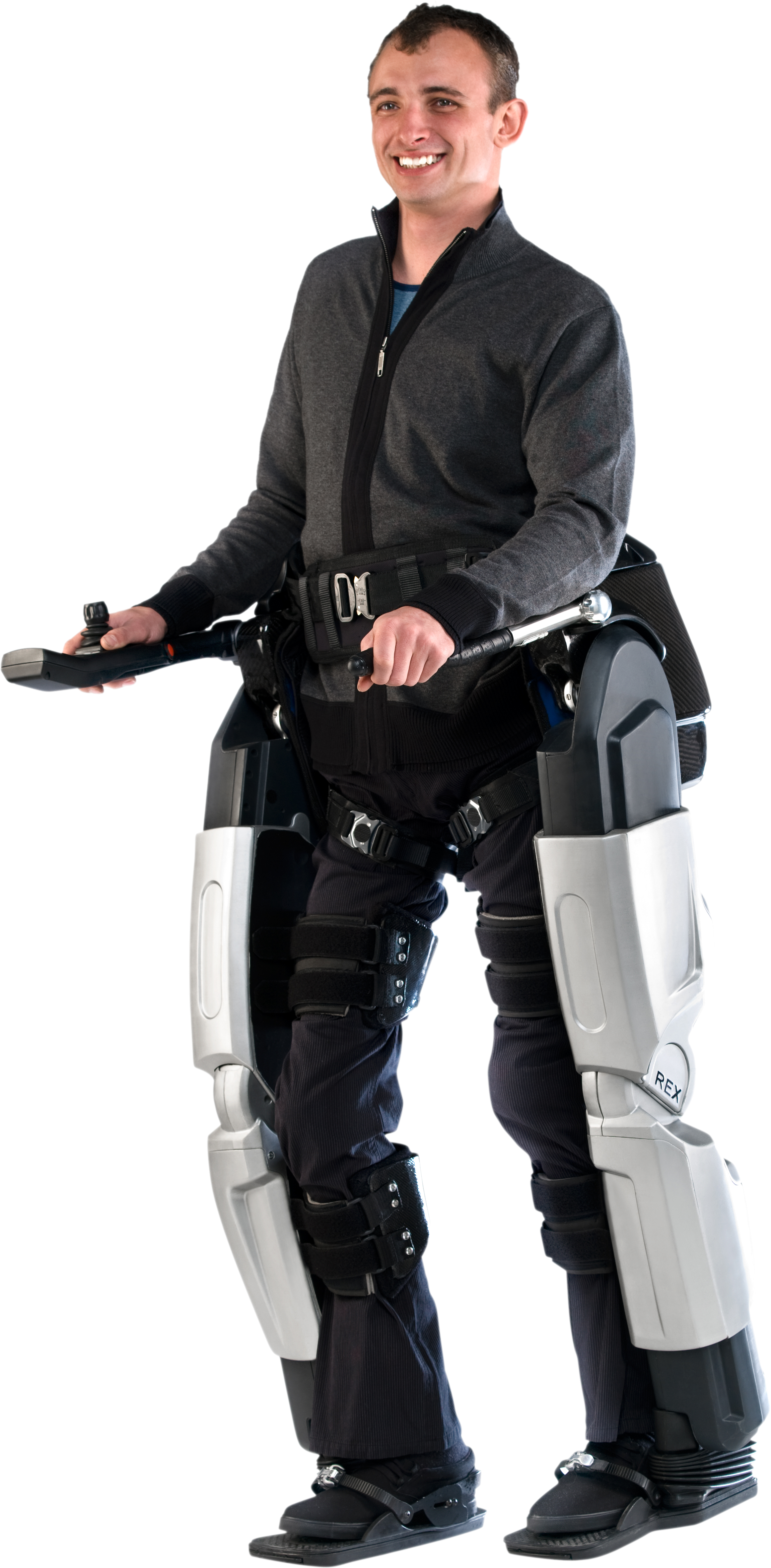 |
Rexbionics Rexbionics Richard Little, CEO (see video) |
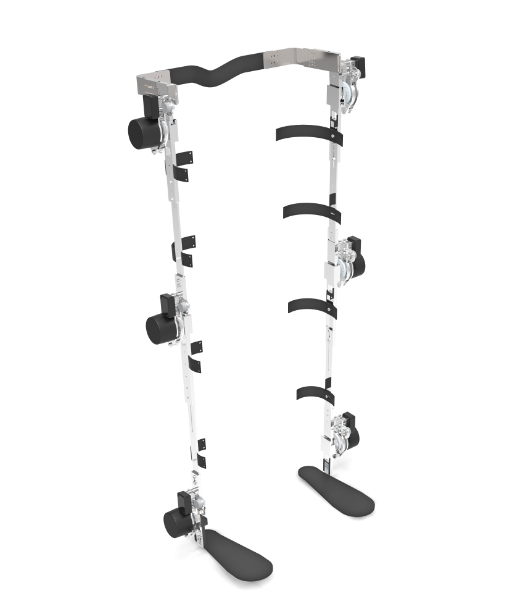 |
Technaid Javier Roa, CEO H2 exoskeleton The Exo-H2 can completely emulate the process of human walking. It is indicated to assist in walking to those people that have partially lost the capacity of walking or those people that need to "learn how to walk anew" after suffering an accident or neurological disease, such as medular lesions, cerebrovascular accidents and in general for any cerebral damage acquired that limits the ability to walk. |
EU Projects

|
Balance Augmentation in Locomotion, through Anticipative, Natural and Cooperative control of Exoskeletons. BALANCE aims to realize a human-cooperative robotic exoskeleton that improves the balance performance of humans in functional standing and walking. Such a robot could help in situations where keeping balance is difficult, such as in specific work conditions, or help people that have difficulty maintaining their balance, such as people with neurological injury, for example during rehabilitation sessions (more info at balance-fp7.eu) |

|
BioMot: Smart Wearable Robots with Bioinspired Sensory-Motor Skills The main objective of the project is to improve existing wearable robotic exoskeletons exploiting dynamic sensorimotor interactions and developing cognitive capabilities that can lead to symbiotic gait behavior in the interaction of a human with a wearable robot. BioMot will use and adapt available tools to reveal how neural circuits generate behavior, and to yield new strategies for co-adaptation during use of wearable robots for walking. (more info at biomotproject.eu) |
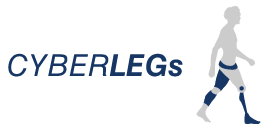
|
CYBERLEGs: The CYBERnetic Lower-Limb Cognitive Ortho-prosthesis The scientific and technological global goal of the CYBERLEGs project is the development of an artificial cognitive system for dysvascular trans-femoral amputees' lower-limb functional replacement and assistance in activities of daily living. CYBERLEGs will be a robotic system constituted of an active cognitive artificial leg for the functional replacement of the amputated limb and a wearable active orthosis for assisting the contralateral sound limb. (more info at cyberlegs.eu) |

|
EXO-LEGS: Exoskeleton Legs for Elderly Persons. EXO-LEGS is aimed at developing lower body mobility exoskeletons for helping people move around to perform normal daily living tasks. The motions include tasks such as standing up, sitting down, straight walking on flat ground, stepping over objects, walking on soft and uneven ground, walking up- and down-stairs, etc. EXO-LEGS will develop theoretical and modular frameworks able to realise prototype devices that can be useful for assisting human mobility. Basic, Standard and Deluxe exoskeleton prototypes (half- and full- models) will be designed, developed and tested in the five target EU countries (more info at http://www.exo-legs.org/index.html) |

|
H2R: Integrative Approach for the Emergence of Human-like Locomotion The goal of H2R project is to demonstrate human-like gait and posture in a controlled compliant biped robot as a result of a combination of the most relevant motor control and cognitive mechanisms found in humans. (more info at h2rproject.eu) |

|
SYMBITRON: Symbiotic man-machine interactions in wearable exoskeletons to enhance mobility for paraplegics SYMBITRON targets a major technological leap for symbiotic man-machine interactions. In particular, the project results will markedly improve the lives of (partially) paralyzed persons through the development of a superior wearable exoskeleton. Such systems are designed to offer Spinal Cord Injured (SCI) patients the ability to walk and overcome obstacles in their daily life. (more info at http://www.symbitron.eu) |
National Projects
| BRAIN2MOTION | BRAIN2MOTION: Exoskeletal - neuroprosthesis hybrid robotic system for the upper limb controlled by a multimodal brain-neural interface The main goal of BRAIN2MOTION project is to develop a new hybrid ER-MNP for the upper limb interfaced to the users by means of non-invasive multimodal brain-neural computer interfaces (BNCIs). |

|
CPWalker: Robotic Platform for Gait Rehabilitation and Training in patients with Cerebral Palsy The main objective of CPWalker is to develop and validate a robotic platform to support novel therapies for CP rehabilitation. This platform (Smart Walker + exoskeleton + neuroprosthesis) will be controlled by a multimodal interface to establish the interaction of CP infants with robot-based therapies. (more info at http://www.car.upm-csic.es/bioingenieria/CPwalker/) |
| EICOSI | EICOSI project: Exoskeleton Intelligent and Communicating, sensible to human Intention The EICOSI project is funded by the Region Ile de France and labeled by the network of gerontechnology Charles Foix. In this project, an active orthosis prototype (exoskeleton) was developed to assist flexion and extension movements of the knee joint of elderly people and stroke patients. Different assistive approaches for rehabilitation and muscle strengthening based on the human intention measurements were developed. |
| HYBRID | Hybrid: Technological Platform for Rehabilitation, Functional Compensation and Training of Gait in SCI Patients The objective of the HYBRID project is to develop an improved ER-MNP system for functional motor restoration of gait in SCI paraplegic patients, supported by a functional smart walker as a way to improve safety, usability, energy storage, weight acceptance and adaptability in a real ambulatory scenario. |

|
MIRAD: An integrated Methodology to bring Intelligent Robotic Assistive Devices to the user The main project goal is to generate generic scientific and technological knowledge that is applicable to the wider area of robotic devices that dynamically interact with humans, such as orthoses, prostheses, rehabilitation or training equipment, and teleoperation and assistive devices for industry. (more info at www.mirad-sbo.be) |
